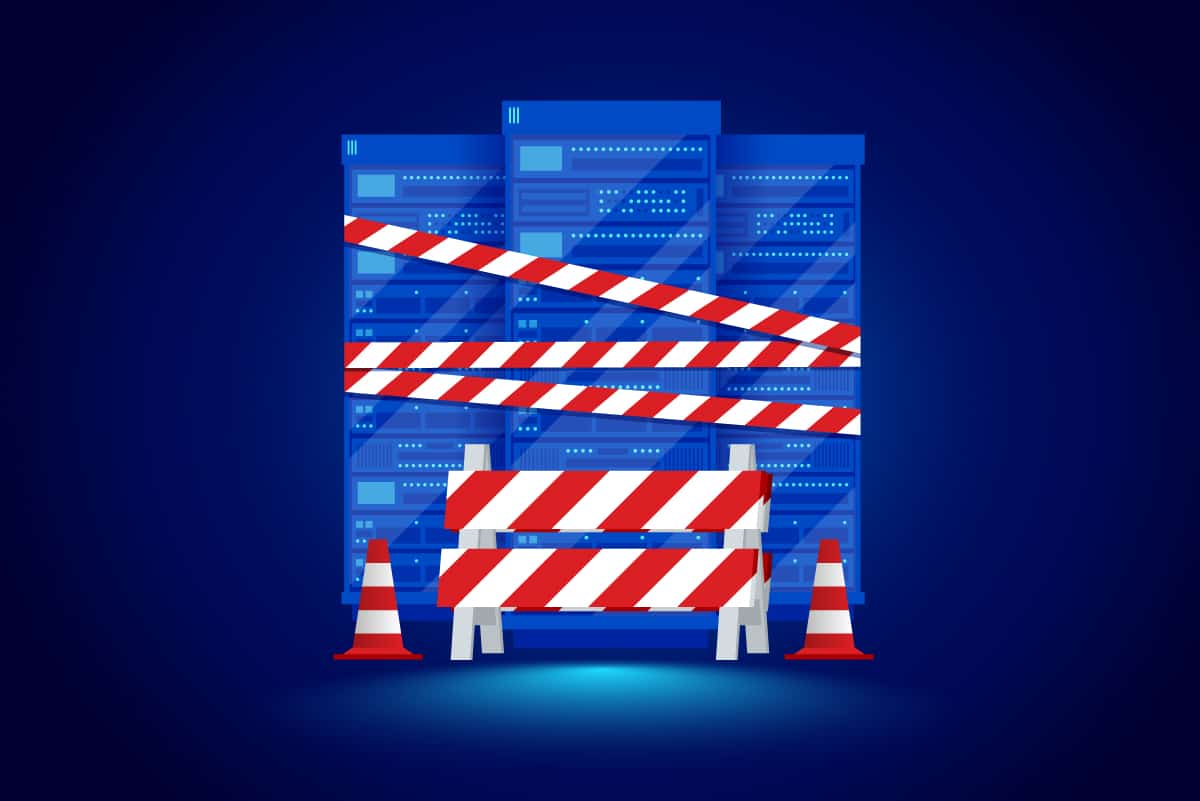Data Warehouse Appliances Are Becoming History
Actian Corporation
April 6, 2020

The era of data warehouse appliances is coming to an end, rapidly being replaced with a new generation of cloud services. The first data warehouse appliance was introduced onto the market in 2003. For nearly 15 years, this market grew with several large technology players, including IBM, Oracle, and Teradata developing or acquiring database appliance offerings.
These self-contained hardware devices enabled companies to scale their data warehouse infrastructure to support the expanding needs of business analytics. We are now entering a new era when the hardware solution to the data warehouse scaling problem is being replaced with cloud services – enabling even greater elasticity, scale, speed, and performance while lowering the capital costs of hardware infrastructure.
Data Warehouse Appliances Served Their Purpose
A data warehouse appliance is a stand-alone set of hardware (servers, memory, storage, and I/O channels), loaded with an operating system, database management system, and administrative tools) designed to support a multi-node database deployment. They were sold as a self-contained unit that could be installed in a data center, came pre-configured for redundancy and high availability, and often included service and support from the vendor that manufactured them.
Data warehouse appliances did an excellent job of solving the data warehouse scaling problem in the early 2000s for companies that wanted to run enterprise-scale analytics on their OLTP datasets but didn’t want to design, build and operate data warehouse infrastructure themselves.
Data warehouse appliances gave companies a “ready to install” solution instead of a “box of parts” with some assembly required.
The big challenge with these systems is that they were expensive to acquire and costly to operate. Scaling via hardware isn’t something that can be done quickly. There are lead times to procure, install and configure new equipment, and capacity increases couldn’t be made in small increments – meaning companies often had to purchase (in advance) capacity that they wouldn’t need for a few quarters. At the time, however, this was the best option on the market, and companies were happy to have data warehouse appliances available as their time-to-value was faster than a do-it-yourself approach.
Hardware Refresh Cycles and the Shift to the Cloud
Technology changes quickly, and (fortunately) new capabilities are being introduced every day that offer companies computing options with increased performance, capacity, and scalability along with decreasing costs.
These new developments cause existing systems to lose relative value, driving the need (and desire) for hardware refresh cycles. Data warehouse appliances (because they are hardware products) have a finite useful life before it is advantageous for companies to replace them with faster, cheaper alternatives. In most cases, the expected life of a hardware data warehouse appliance is about ten years. That is important because the peak of the database appliance market was the period from 2008-2013, and those systems are now due for refresh and replacement.
Over the past decade (since many database appliances were installed), companies have adopted and embraced cloud services as a viable enterprise computing option. Cloud data warehouses (like Actian Data Platform) go beyond the “ready to install” capabilities of database appliances and provide “ready to use” services that lower operating and maintenance costs even further. Instead of simply upgrading to a newer version of their hardware data warehouse appliances, many companies are evaluating cloud data warehouses as a preferable alternative. In addition to ease of administration, cloud data warehouse solutions also provide three key benefits over hardware data warehouse appliances.
- No capital outlay costs – you pay for what you need when you need it.
- Dynamic scalability – with hardware, you have the capacity you have. With the cloud, you can scale up or down, depending on your business needs.
- Continuous technology refresh – you don’t have to wait ten years to upgrade when new capabilities are available, you can quickly adopt them.
Data warehouse appliances are becoming history. It is time to move to a better, cheaper, faster alternative. If you are a company that is using data warehouse appliances to support your data warehouse today, you should consider a shift to the cloud or hybrid-cloud at your next refresh cycle. Actian provides the next generation of hybrid cloud data warehouse capabilities designed for the needs of modern business. Actian provides cloud-scale performance, availability, and resiliency with a cost model that better aligns with the needs of today’s companies.
To learn more, visit www.actian.com/data-platform.
Subscribe to the Actian Blog
Subscribe to Actian’s blog to get data insights delivered right to you.
- Stay in the know – Get the latest in data analytics pushed directly to your inbox.
- Never miss a post – You’ll receive automatic email updates to let you know when new posts are live.
- It’s all up to you – Change your delivery preferences to suit your needs.